Many people don’t think of photojournalism as being an artistic pursuit. In many ways, it isn’t. Documentary photography is often utilitarian in nature; the photographer’s job is to tell a story plainly, honestly and efficiently.
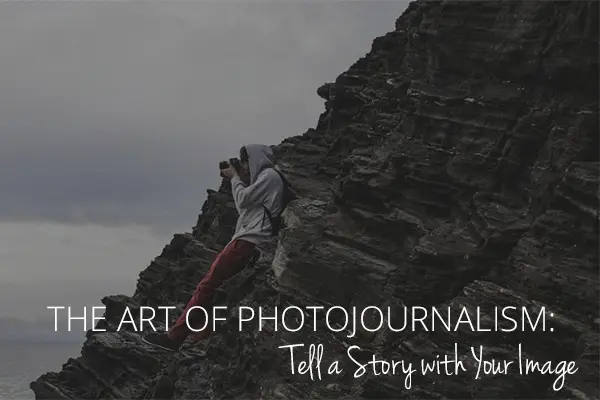
A person might argue that approaching this job with other intentions, such as producing great art, could potentially sully the images. That is, if the photographer seeks out the most artistic image, he or she might decide against taking the more honest photo in favor of taking the most beautiful photo.
I’m not making that argument myself. But I would argue that even if you agree with the above notion, there is still room for artistry within the pursuit of documenting a story. That artistry can be found in the way one goes about getting the photo. It can be found in the pursuit of efficient storytelling. And it can be found in the pursuit of truth.
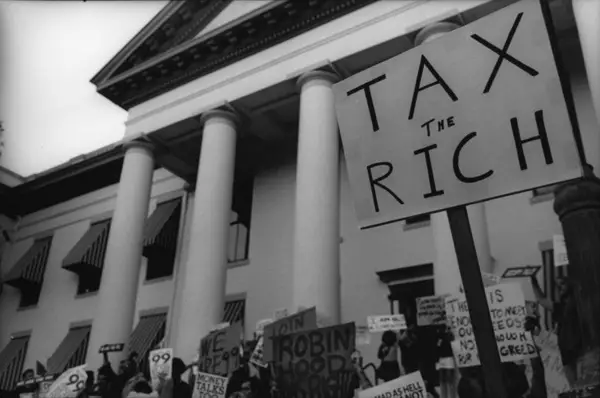
As technology evolves, people throughout the world are becoming more connected than ever. And everyone has a camera. Citizen journalism is causing seismic shifts in the way news is gathered and disseminated. As a journalism student, I find myself standing on the cusp of something new that hasn’t quite fully formed yet. And I think you and everyone around you could be a part of it.
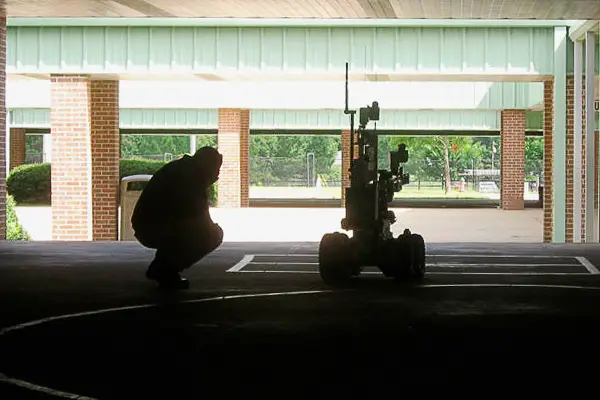
With that in mind, here are some thoughts to consider in your day-to-day photography — in the photos you take whenever you encounter something you want to document for later, in the photos you take of any newsworthy occurrence that you may find yourself witness to. If we’re all going to be citizen journalists, we should have some basic notions of how to tell a story with an image.
That Whole “Worth a Thousand Words” Thing
You know the old saying: “A picture is worth a thousand words.” The thing is, the actual number of words a photo is worth will vary greatly depending on the skill (and/or luck) of the person behind the camera. An image might be worth a thousand words to a viewer if it captures enough of what’s going on to convey the story to your audience. Otherwise, it’s not worth much at all.
In order to properly convey what’s happening, you often need to be able to anticipate what’s about to happen. In order to do that, you often need to be able to look at the big picture, so to speak. If you find yourself a witness of a newsworthy event, try to take in the whole scene. Notice how people are reacting.
Look for the action, the movement that’s taking place. And take lots of photos. If you can, set your camera to continue taking photos while you have the shutter release held down. Sometimes the difference between a mediocre photo and a perfect one is a matter of seconds.
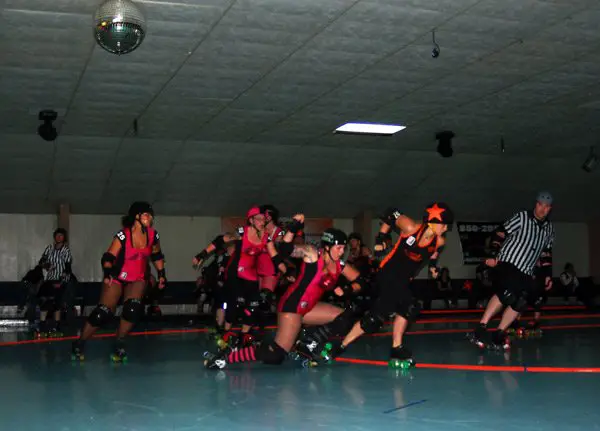
Take a quick second to double-check your exposure. You don’t necessarily have to fine-tune your exposure to achieve perfection, but you want to make sure you’re getting usable images.
Also, try to consider your use of depth of field when taking newsworthy photos. Sometimes, a shallow depth of field can help isolate and draw attention to your subject. However, you might also consider putting your entire image into sharp focus by using a smaller aperture. Background information might be necessary to give the image context. These are the sorts of decisions you’ll have to make on the fly when documenting anything.
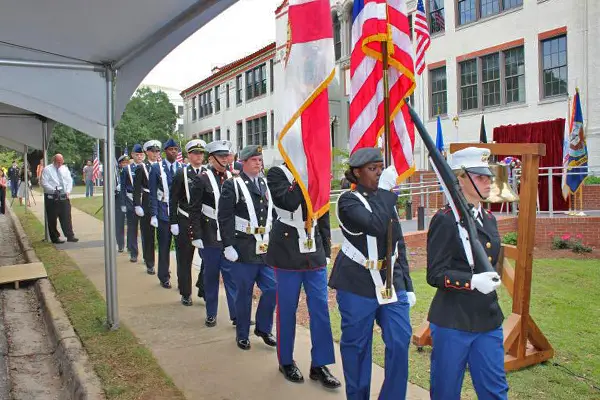
What Happened?
Even if you don’t consider yourself a writer, don’t discount the usefulness of talking to others to get another perspective on your story. Eyewitnesses can offer some valuable insight, emotion and depth to your documentation.
If you can, try to get the full name of anyone you talk to. If your story ends up gaining any attention, people will want to know where your information came from. So, as often ends up being the case with many different forms of photography, being sociable and inquisitive can prove to be great assets.
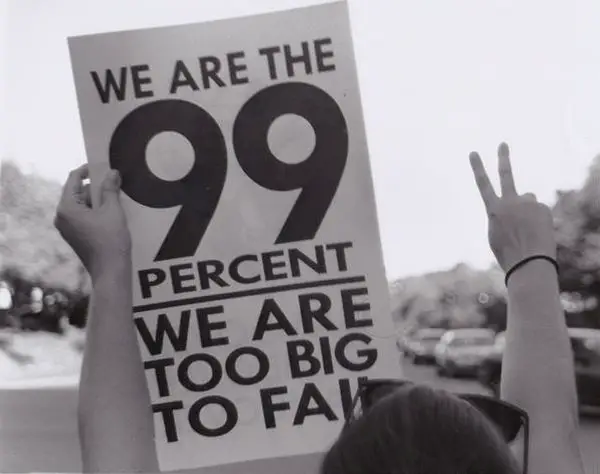
Ethics Are Always a Concern
Whenever you’re taking photos with the intention of using them to document a story, there are some ethical considerations to keep in mind. These considerations are necessary, not only to protect your potential subjects, but to protect you, as well.
The National Press Photographer’s Association has published their Code of Ethics on their website. It’s a quick and easy read on what they consider the role of a photojournalist to be, along with a relatively short list of ethical guidelines to follow.
While you might not be beholden to the NPPA’s set of guidelines, they serve as guideposts by which you can judge your own actions with confidence. This is their list of guidelines:
Be accurate and comprehensive in the representation of subjects.
Resist being manipulated by staged photo opportunities.
Be complete and provide context when photographing or recording subjects. Avoid stereotyping individuals and groups. Recognize and work to avoid presenting one’s own biases in the work.
Treat all subjects with respect and dignity. Give special consideration to vulnerable subjects and compassion to victims of crime or tragedy. Intrude on private moments of grief only when the public has an overriding and justifiable need to see.
While photographing subjects do not intentionally contribute to, alter, or seek to alter or influence events.
Editing should maintain the integrity of the photographic images’ content and context. Do not manipulate images or add or alter sound in any way that can mislead viewers or misrepresent subjects.
Do not pay sources or subjects or reward them materially for information or participation.
Do not accept gifts, favors, or compensation from those who might seek to influence coverage.
Do not intentionally sabotage the efforts of other journalists.
I believe that we live in exciting times full of change. From society to technology, and everything in between, humanity seems to be picking up steam as we move forward through space and time. That means that we live in a world ripe with photographic opportunity. That, to me, is pretty exciting.









0 comments